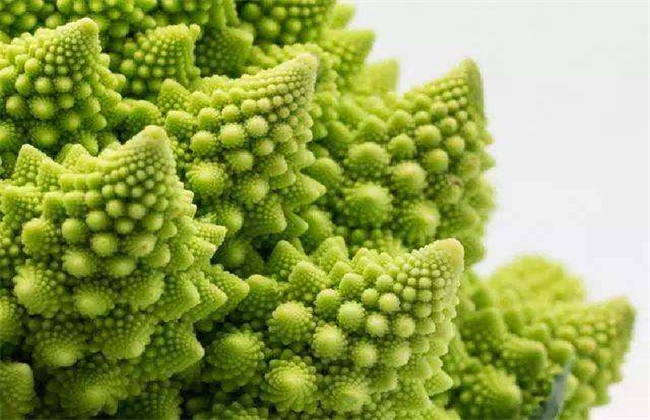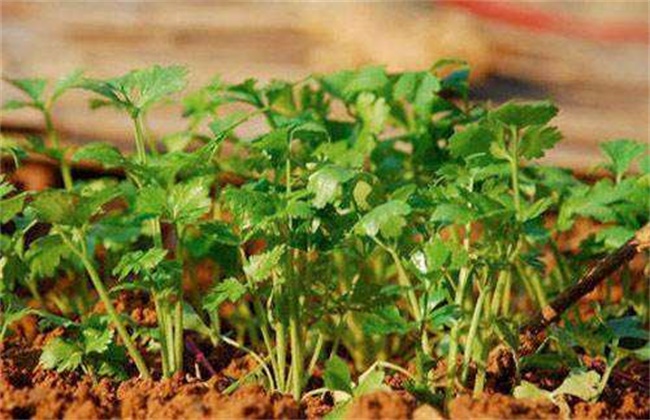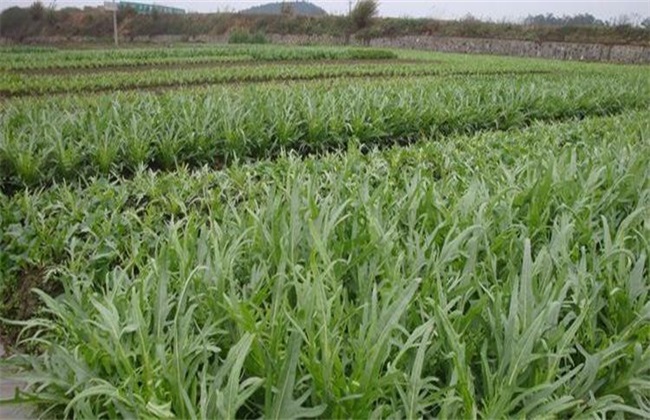Planting time and method of pagoda vegetable
Pagoda vegetable, also known as rich cauliflower, pagoda cauliflower, Bombyx mori, is a variety of cauliflower, its taste is crisp and tender, rich in nutrients, rich in a variety of vitamins, is one of the world-famous eight treasure dishes. Many people want to plant, but do not know when to plant, as well as the planting method, the following editor brings you the time and method of planting pagoda vegetables.

1. Planting time
Pagoda vegetables have strong cold tolerance and are watered by diseases and insect pests. In general, they are sown in spring and harvested in autumn. They can choose not to know in late April, when the temperature is suitable for its growth. Generally, they can sprout after a month. When the temperature is higher in summer, the stems and leaves of pagoda vegetables will grow fast, but in autumn, the stems and leaves are slow, and the underground tubers begin to expand. In winter, the surface stems and leaves begin to taste bitter, and the tubers are finished. This is the time to go on the market. If it is not sown in spring, pagoda vegetables will miss the best time for stem and leaf growth in summer, the tubers can not be expanded in time in autumn, and the benefit of harvest in winter is very low.
2. Sowing seeds
Pagoda vegetables planted in spring and autumn harvest, planting can be harvested for many years, planting should first be fine soil preparation, each mu into the completely mature farm manure or organic matter as the base fertilizer, but also appropriate with some nitrogen and phosphorus fertilizer, generally about 40-50 kg each. Then turn deeply, mix fertilizer and soil evenly, open the border on the ridge, generally avoid shock in front of Grain Rain, control the row spacing at about 25-30 cm when sowing, gradually 10-15 cm, and use about 30 kg of seed per mu.
3. Field management
Should not be watered after sowing, so as not to cause soil consolidation and affect normal seedling emergence. Generally, seedlings emerge within a week of sowing. When watering at the seedling stage, a small amount of nitrogen fertilizer is applied to promote seedling growth. At the same time, it is necessary to do a good job of weeding and weeding, shallow ploughing, so as not to hurt roots; weeding should be done frequently to prevent weeds and seedlings from competing for water and fertilizer, which is disadvantageous to seedling growth. When the seedlings grow to about 10 cm, there will be purplish red flowers, the flowering period is longer, until autumn, and begin to branch and root. When growing to about 30 cm, an underground tuber will be formed, and an expanded spiral tuber will be formed at the top of the fibrous root.
4. Collect and retain species
When it is cold and cold in winter, the stems and leaves on the ground will gradually wither. At this time, you can dig tubers, dig a pit 30 centimeters deep, put the tubers into storage, and cover the pits with sand. You can also leave some of the tubers in the ground and dig them up before they germinate in the coming year, and they can be planted or used. They are also tender and crisp and delicious.
The above is the introduction of pagoda vegetable planting time and methods, hope to help you, want to know more related knowledge, please follow us.
Related
- Where is it suitable to grow horseradish in China? it is expected to see the middle altitude horseradish in Alishan.
- How to prevent tomato virus disease reasonably? (Control methods included)
- Many people like to plant towel gourd on the balcony. What are the main points of this method and management?
- What crops can chili peppers be mixed with?
- Fertilization techniques and matters needing attention in Tomato
- What are the grafting techniques for peach seedlings in spring?
- Harm and control methods of root swelling disease of Chinese cabbage
- What are the pests of sweet potatoes? How to prevent and cure it?
- Symptoms, causes and Control methods of navel Rot in Tomato
- The cause of "Cucumber rotten bibcock" in Farmers' planting Cucumber and its Control Plan



